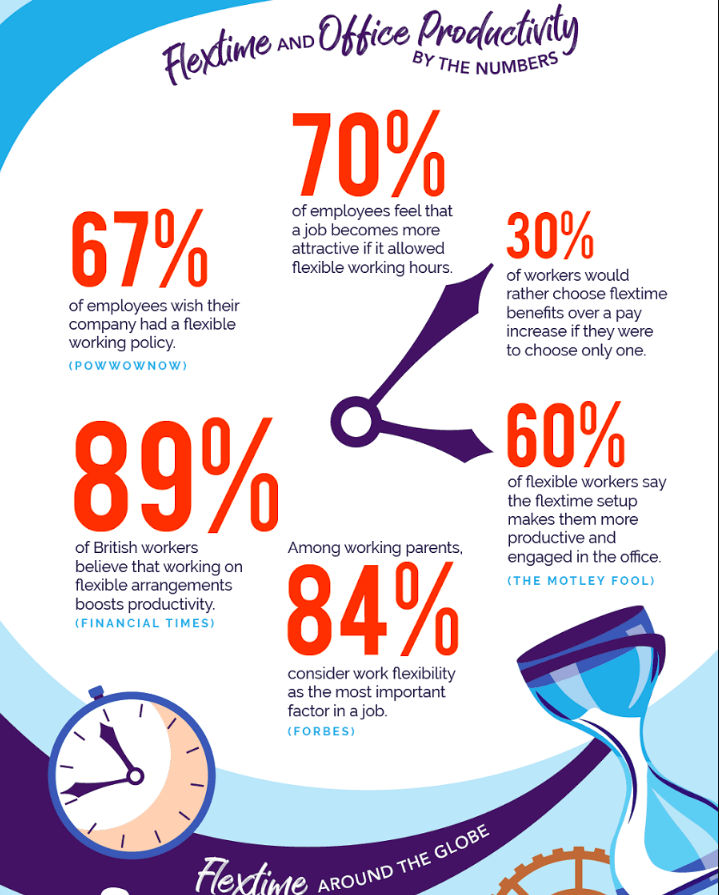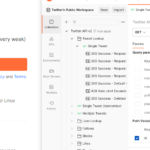The pandemic has changed everything, quite literally everything.
While we’re sure you already have a great work culture in place, the COVID-19 pandemic has changed everything in the business world, including the worker-employer relationships.
For organizations focusing on work culture, the shift to remote working means creating new strategies to support employees, manage a hybrid workforce, and allow flexible work schedules.
This means it is now time to revisit your company culture and ensure it aligns with today’s changing work environment.
Today, we will look at the top six work culture trends that will help you stay ahead of the game. Let’s get started!
Table of Contents
1. Better Work Experience for Employees
Remote working has given employers increased visibility into their employees’ personal lives. Supporting workers during unprecedented times like the pandemic shows how much you care for them. It also improves their physical and mental health.
According to Gartner, when employers develop deeper relationships with their employees, 23% of their staff report better mental health while 17% experience improved physical health. Companies also see a 21% increase in high performers compared to their peers who don’t offer the same level of support to their employees.
Organizations have started hiring professionals for emotional counselling of work from home employees. Examples of these companies include Microsoft, P&G, and Deloitte.
This indicates that 2021 will be the year when business leaders will focus more on the life experience of their employees. According to IBM, outperforming CEOs said they support employee well-being even if it hurts profitability, 99% more often than their underperforming peers.
2. Remote Works Get Easier
Whether it is purchasing new tools or completely revamping the way they used to work, organizations are doing everything to ensure their employees have everything they need to do their job efficiently.
Companies are even paying their employees to set up their home offices. For example, Shopify and Twitter paid their employees $1,000 for home office allowances.
A new survey by McKinsey found that companies have accelerated the adoption of digital technologies by three to four years.
Businesses that relied on on-premises tools before COVID-19 are quickly migrating to cloud-based software. Gartner predicts that more than 45% of IT spending on traditional solutions (infrastructure software, system infrastructure, and application software) will shift to the cloud by 2024.
Another reason for the rapid increase in cloud adoption is that there are plenty of tools for every aspect of the business. For instance, Salesforce and HubSpot are the most popular CRMs, BreatheHR is one of the most used HR software. Similarly, in-house and remote sales & support teams use iTeleCenter for their phone communications.
Helping employees set up a home office and migrating to the cloud helps employers ensure that their workers get the necessary tools and information to do their job, thereby improving their experience.
3. Flexible Work Hours Is the New Norm
While allowing employees to work from home became normal in 2020, the new wave of flexibility will be the hours they want to work.
In a Fractl Survey of 2,000 people, more than 80% of respondents said they would consider flexible work hours when choosing between a high-paying and low-paying job with better benefits.
Flexible work timings give your employees a much-needed break that they can use to feel energized and come back with a fresh mind. It also lowers absenteeism and tiredness, thereby improving productivity.
According to a Gartner survey, 43% of respondents said that flexibility in working hours helped them achieve higher productivity.
Another survey by Gartner reveals that organizations with standard 9 to 5 timings see 36% of high-performers. However, companies that offer flexibility over when, where, and how much to work, see 55% of their employees as high-performers.

This is why we expect more and more organizations to offer flexible work timings and hybrid working environments going forward.
4. Working On Mental Health, Together
In 2019, WHO formally recognized burnout as a syndrome linked to chronic stress at work.
The pandemic increased the need for beginning the long-overdue conversation about mental health in the workplace. The good news is organizations have started making efforts to keep their employees happy and improve their mental health.
In the UK, more than 1221 companies have already signed the Mental Health At Work Commitment. It is a community that helps employers achieve better mental health outcomes for their employees with the necessary resources, tools, advice, and recommendations.
According to Wellable, nine out of ten employers plan to invest more in mental health so that they have the right tools and resources to address this area for their employees. It also found that 87% of organizations plan to invest more in telemedicine than last year.
Leading global companies like Lyra Health, Starbucks, LinkedIn, and Citibank have already initiated mental health programs for their employees. Even Adobe has a 24/7 employee assistance program that provides their employees, spouse, and dependents with counselling services.
In 2021, employers will work on de-stigmatizing mental health and encouraging employees to share their mental health problems so they can work together on solving them.
5. Wellness Day-Offs to Rejuvenate
Although every company offers a certain number of paid leaves each year, not every employee utilizes all their leaves.
Concerned that working without time off during the pandemic could take a toll on employees’ mental and physical health, leading companies like Nestle, L’Oreal, and Godrej Group are giving employees surprise wellness day-offs.
Many companies have also started tweaking their leave policies, considering the pandemic. They have also begun addressing caregiving programs to recognize the change in workforce demographics.
For instance, the United States introduced two weeks of mandatory paid sick leave for workers with COVID-19 symptoms. Organizations have also started taking parental leave for fathers seriously. 40% of employers offer paid parental leaves.
Apart from leaves, companies are also supporting their employees fight the pandemic. For instance, more than half a million Amazon front-line employees have access to COVID-19 vaccines through on-site vaccination events.
Even after the pandemic, organizations are likely to encourage their employees to utilize their paid leaves, so they don’t feel stressed.
6. Diversity and Inclusion Will Gain Traction
Organizations are getting more vocal on social issues. Even employees want their companies to take steps on injustice and inequity, including an emphasis on diversity & inclusion (D&I).
Companies that focus on diversity enjoy 2.3 times higher cash flow per employee than those that don’t. Plus, companies in the top-quartile for gender diversity on executive boards are 27% more likely to have superior value creation. They also attract top talent easily.
76% of candidates report that a diverse workforce is an important factor when evaluating companies and job offers. Leading companies like Sodexo, Johnson & Johnson, Mastercard, Accenture, and Coca-Cola have already started embracing diversity in the workplace.
If you are planning to incorporate diversity in your organization, it is vital to communicate your strategies with your employees. This will make them feel valued and help you spread the word quickly.
Wrapping Up
Organizations have the opportunity to break boundaries and make an impact in their employees’ life. Be it focusing on life experience, helping employees set up a home office, providing the necessary tools, offering flexible work hours, or supporting mental health, your work culture trends will decide how happy your employees are.
What work culture trends are on your list? Let us know in the comments!









